6 Common Reasons Why Your Refrigerator Isn’t Cooling, But the Freezer Is Fine
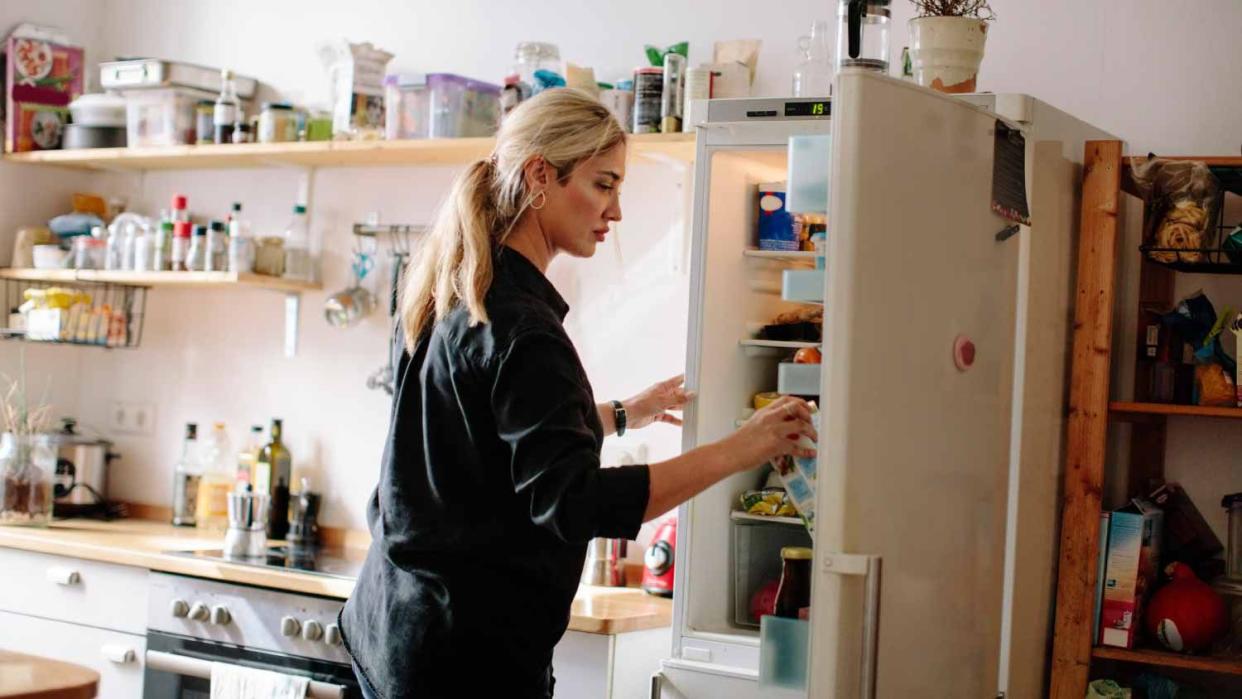
6 Common Reasons Why Your Refrigerator Isn’t Cooling, But the Freezer Is Fine
This article originally appeared on Angi and is syndicated by Cheapism.
We’ve all been faced with the unpleasant surprise of opening up a warm fridge. If your freezer is still working, but the fridge isn't cooling, there are a few possible culprits, several of which are easy to identify. See if it's an easy fix you can take care of yourself or if you should hire a local refrigerator repair specialist to get the appliance back in working order. Then, follow a few basic tips to avoid future refrigerator breakdowns.
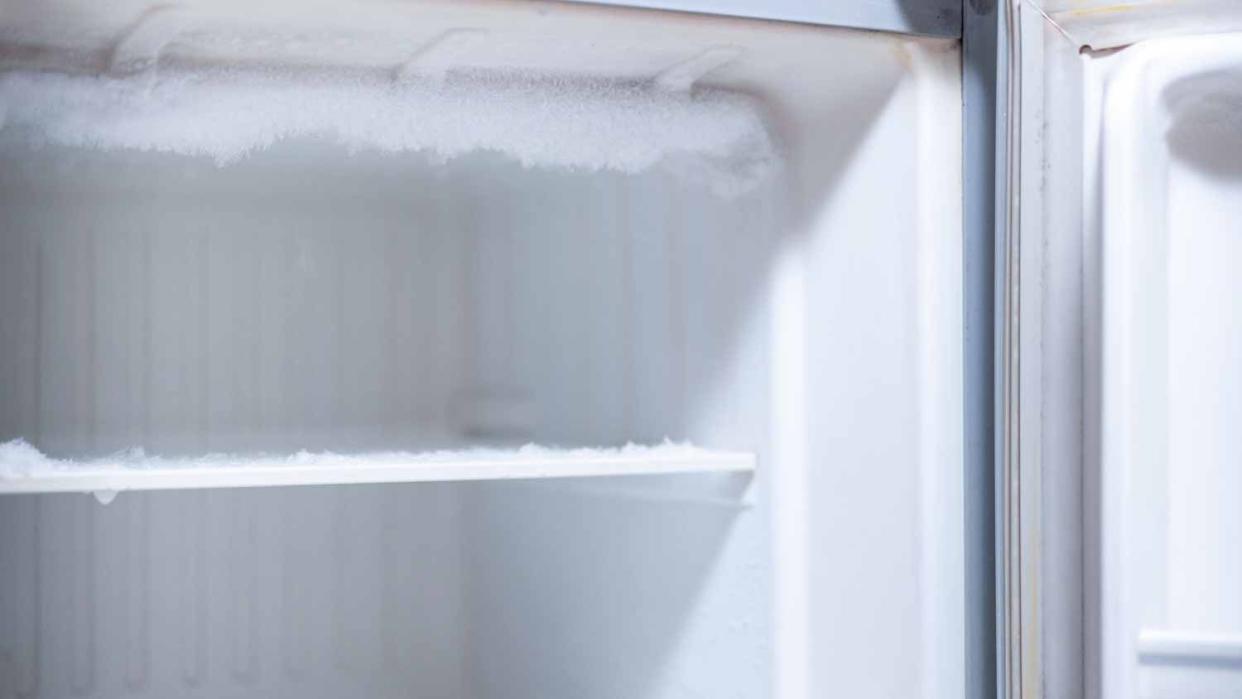
Failing Thermistor
A common reason for your refrigerator not cooling is a faulty thermistor. The thermistor monitors the internal temperature of your refrigerator. When it detects the interior is excessively warm, it signals to the compressor to activate and start cooling.
If the thermistor isn't working, the appliance has no way to monitor its own temperature, so the evaporator coils and fan will either never switch on, in which case the temperature will increase, or they'll never switch off, in which case the fridge will be very obviously noisy and will probably ice up or freeze your food.
If your food is warm and you rarely or never hear the compressor or fan working, try decreasing the temperature setting by two degrees. Within a few minutes, the thermistor should tell the compressor to start cooling. If it doesn't, you've most likely got a faulty thermistor.

Broken Damper Control Assembly
When there's a problem with the damper control assembly, air can’t move properly between the freezer and the refrigerator. The damper control assembly manages how much cold air passes from the freezer into the fridge. If this unit is blocked or damaged, it cannot pass enough air to the fridge to keep it adequately cool.
You can check the damper control assembly by manually examining it. First, turn the fan on by decreasing the temperature on the thermistor. Next, cover the interior light switch so the fridge thinks the door is closed. Otherwise, it may automatically shut the little door on the damper control.
You should feel air coming out of the damper vents. If you don't, check the damper control door and make sure it opens and closes freely. Sometimes the door ices over, or little bits of insulation get stuck in there. If you've done all this and there's still no air coming through, it's likely your damper control assembly is faulty and needs replacement. But it could also be your evaporator fan.
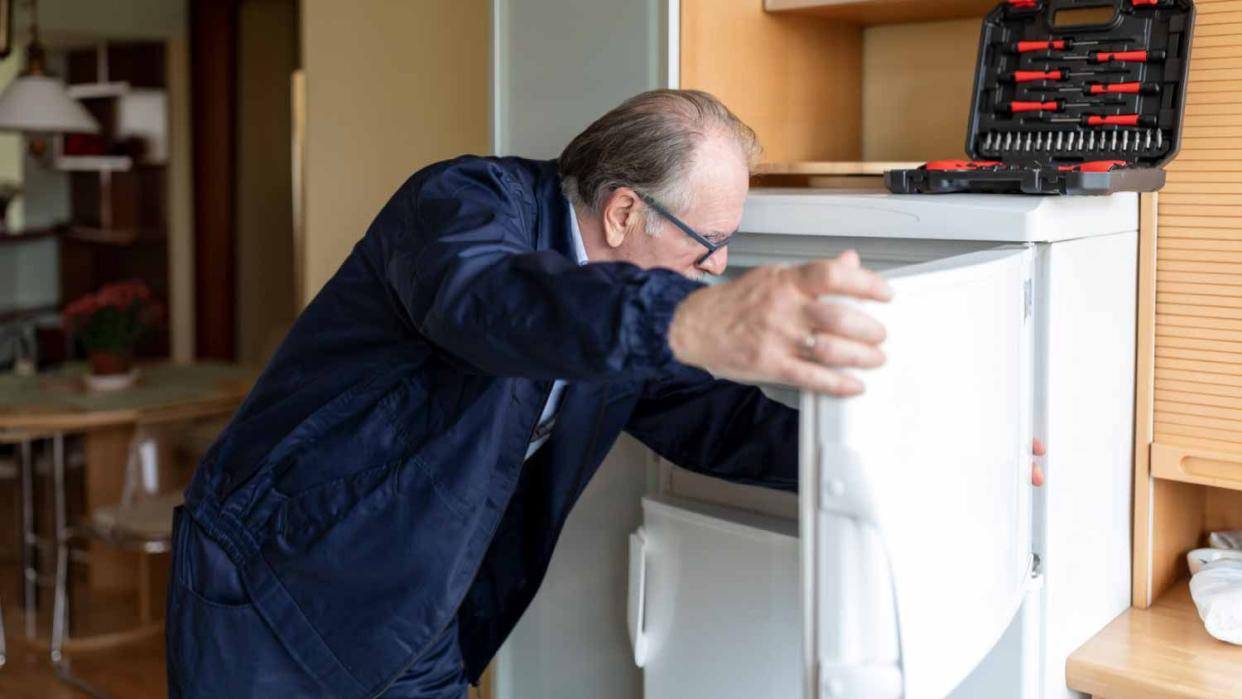
Faulty Evaporator Fan
The evaporator fan pulls cold air into the evaporator coils, where it is then distributed through the fridge and freezer. If the fan isn't working, this doesn't happen efficiently. The most common problem with the fan is its motor.
A faulty evaporator fan motor is often the result of inefficiencies or faults in other parts of the appliance. In these circumstances, the evaporator fan motor has to work harder to compensate, increasing the likelihood of a breakdown and shortening its lifespan.
Unless you have solid DIY skills, testing the evaporator fan is best left to the professionals, as you have to unplug the refrigerator and physically remove the sheath and disengage the fan before you can start running tests on it. But even if you have to replace it, it'll only cost between $100 and $150.
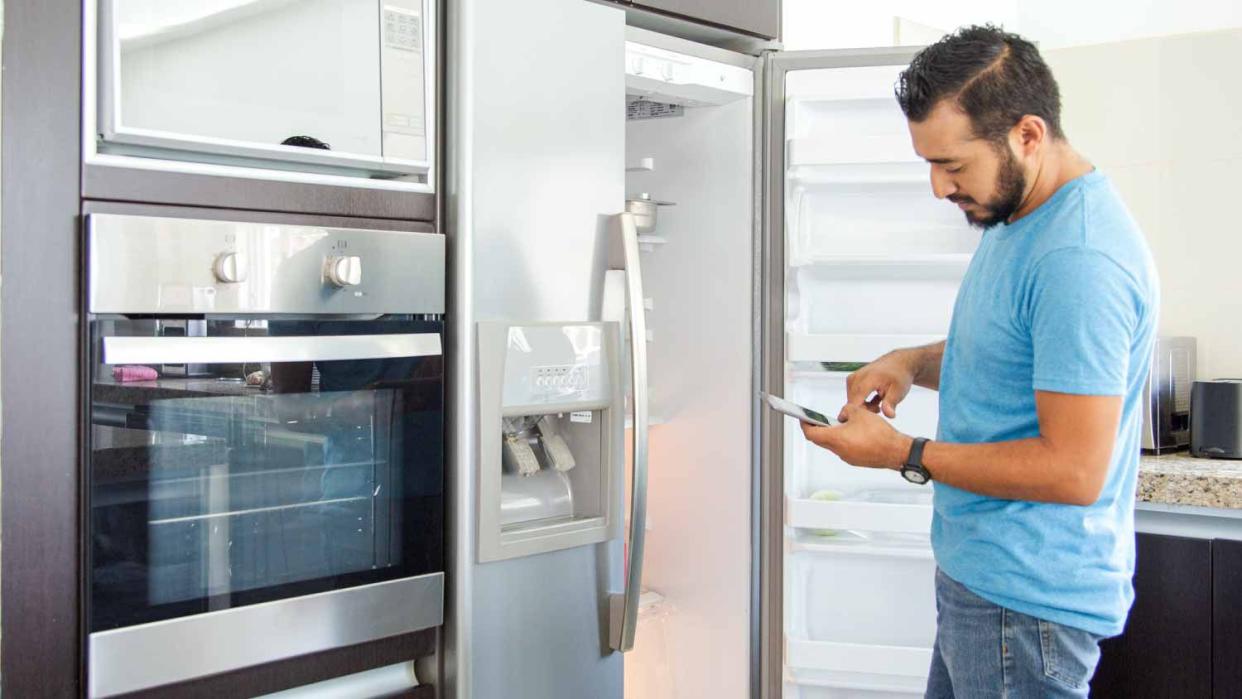
Iced-Up Evaporator Coils
The evaporator coils are where the air goes to cool down. However, if they're covered in frost, air can't pass through efficiently and won't get adequately cooled, resulting in a warm fridge. A quick fix is to defrost the coils with a hairdryer, which will temporarily solve the issue. However, you need to find out the root cause of the freezing, otherwise, it'll just happen again.
There are several reasons your evaporator coils ice up, with one of the most common being that the defrost heater assembly isn't working. Even if the heater is in good condition, the defrost thermostat could be faulty, meaning the thermostat can’t signal to the heater when to engage.
The culprit could also be the defrost timer. This tool controls the heating and cooling cycles. In the first part of the cycle, the timer supplies power to the cooling element. Then, during the second part of the cycle, the timer switches to give power to the heating element. If the timer isn't advancing properly or gets stuck in cooling mode, the coils quickly ice over.
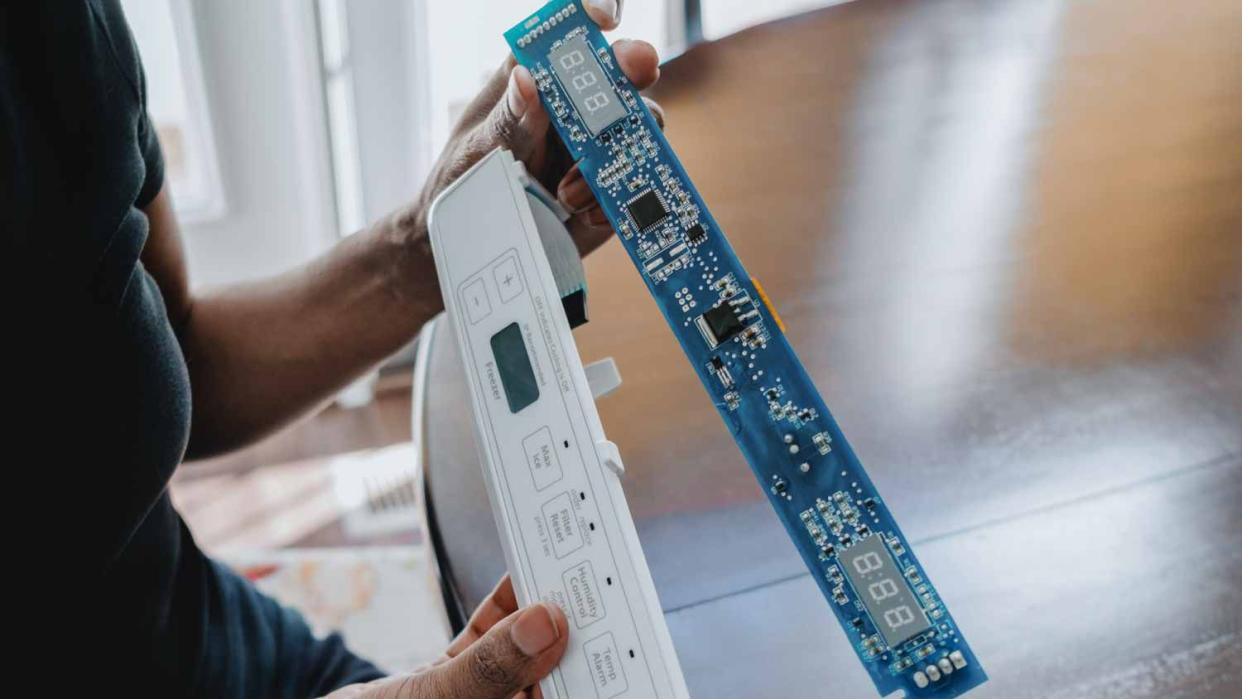
Temperature Control Board Malfunction
You’ll find the temperature control board at the back of the fridge and adjacent to the compressor. The control board monitors temperature sensors, powers the compressor and fan motors that make the fridge cold, and manages the defrost cycle. If the board malfunctions, then your fridge won’t be able to cool to the correct temperature.
Test other fridge parts and components before assuming that the control board is failing. If you still can’t pinpoint the issue, you may need to hire a pro to diagnose the problem and replace your control board.
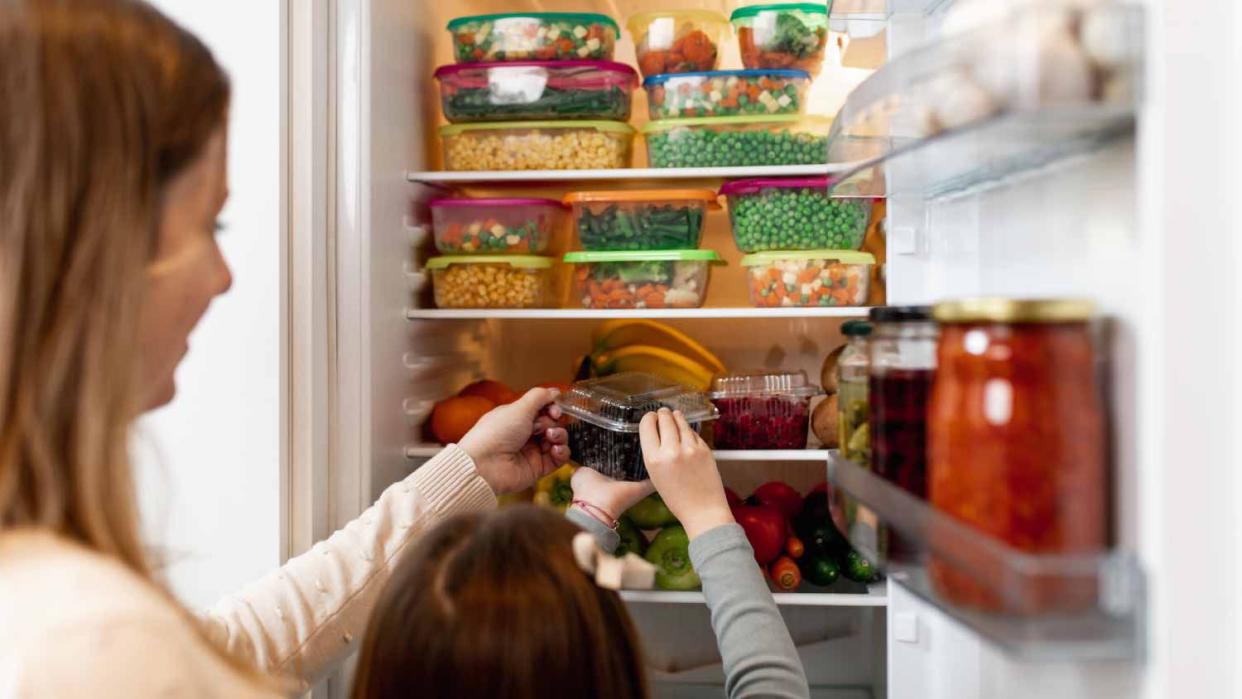
Overstuffing
Imagine this: You're planning a big family celebration, and you've filled the fridge to bursting, having to resort to squeezing single lemons into the tiniest gap between the champagne and the cheeseboard. When you go back to try to slide something out of the jam-packed food jigsaw puzzle, nothing's quite as cold as normal. Sound familiar? That's overstuffing.
By excessively filling your fridge, you block the flow of air needed to keep the fridge's internal temperature adequately cold. Thankfully this one is an easy fix that doesn't require professional help. Just give your fridge a little extra breathing room.
If you're particularly handy, you may be able to make some of the above fixes yourself. However, because consuming food that's too warm can be dangerous and throwing away spoiled food is wasteful, it might be best to let the pros do the work for you so you get it done quickly and efficiently. Many refrigerator repairs cost comparatively little, and they're usually more cost-effective than buying a new appliance (or having to keep buying new food).
